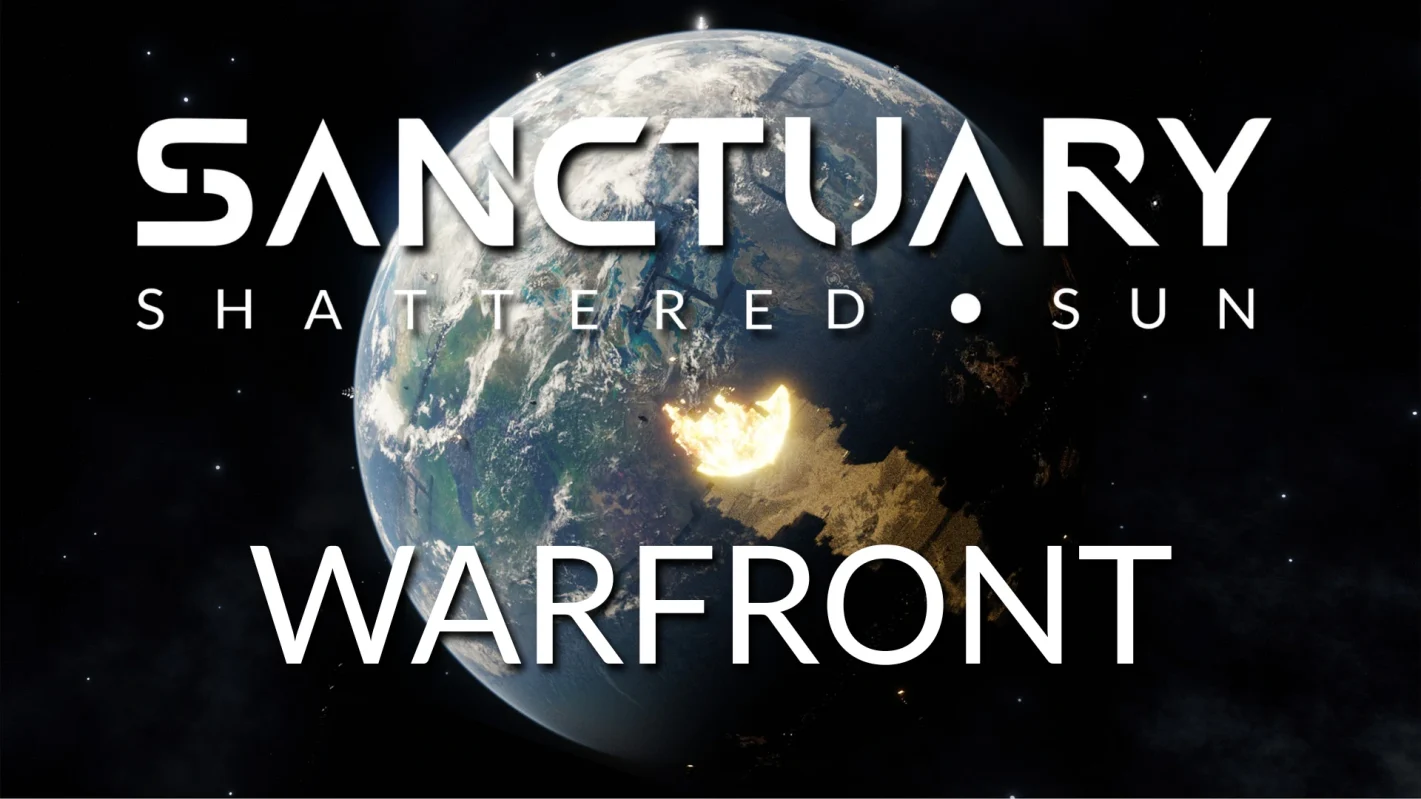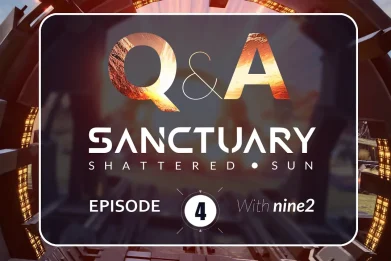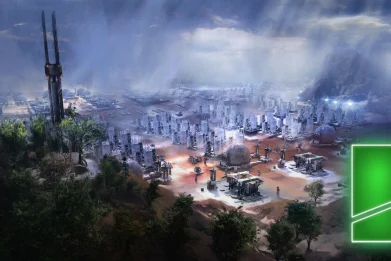Sanctuary is building something most RTS games avoid: a mode where your battles connect to something bigger. Warfront takes the Galactic War concept from other strategy games and wraps it around a Dyson Sphere conquest system. Players pick factions, fight for nodes, and watch weeks of battles reshape a persistent map.
The pitch sounds familiar until you dig into the mechanics. The territory control system here has depth that most games skip.
How the War Machine Works
Warfront drops players into a commander role within their chosen faction. The battlefield is a Dyson Sphere divided into sectors and nodes. When factions clash over a contested node, the game launches an RTS match. Win the battle, claim the territory. Lose, and your opponent’s flag goes up.
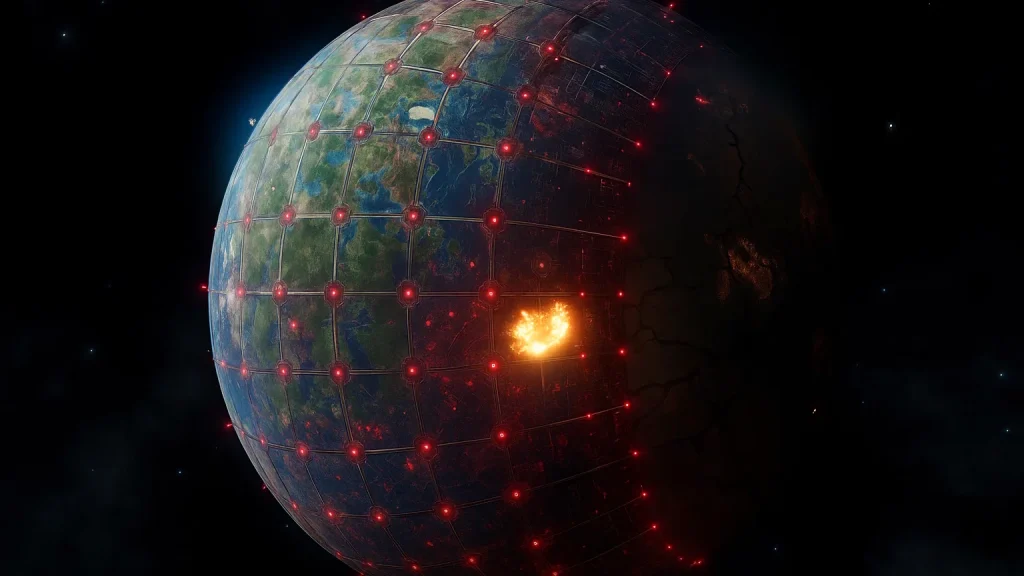
The real hook comes from the research system. Conquering nodes generates research points for the entire faction. These points fund tech upgrades that affect every player on your side. The examples given include T2 tanks with boosted stats and improved movement through snow terrain. Your faction’s leader decides where to spend these points, creating shared progression that goes beyond individual match performance.
This setup solves a persistent RTS problem: making multiplayer matches feel connected. Most strategy games treat each battle as an isolated event. Win or lose, you queue up for the next match with no lasting impact. Warfront makes every engagement part of a larger campaign where tactical victories accumulate into strategic advantages.
Seasonal Chaos by Design
The most interesting aspect is the seasonal reset system. When one faction conquers the sphere, everything resets. Territory control gets wiped. The research tree gets rebuilt from scratch. The developers can rotate buffs, add experimental units, or try radical changes like removing shields entirely for one season.

This approach turns game balance into a design tool rather than a maintenance burden. Instead of endless patches trying to perfect unit relationships, the developers can experiment with temporary changes that last one season. It’s a controlled way to keep the meta unstable and unpredictable.
The seasonal structure also prevents the entrenchment problems that plague persistent world games. No faction stays dominant forever. No tech choices become permanent mistakes. Every few months, everyone starts over with new rules and possibilities.
PvE Integration Without Compromise
Warfront addresses another RTS weakness: the divide between competitive players and those who prefer fighting AI. Most games force you to choose between “comp stomp” casual modes and serious multiplayer ladders. Warfront blends both by letting players contribute to faction goals through either PvP or PvE battles.
Fight another player for a contested node, and your victory shifts the front line. Attack an AI-controlled position, and you still earn research points for your faction. Both paths contribute to the larger war effort without forcing casual players into competitive matches they don’t want.
This design recognizes that not everyone enjoys the stress of human opponents, but many players still want their actions to mean something beyond a single match. Warfront gives PvE players a way to participate in meaningful progression without compromising the competitive integrity of direct PvP encounters.
The Post-Launch Reality
Warfront won’t ship with the base game. The developers list it as post-launch content, possibly paid DLC. They describe the implementation as straightforward once the core multiplayer systems are stable, but that dependency means the feature’s timeline depends on how well the launch goes.
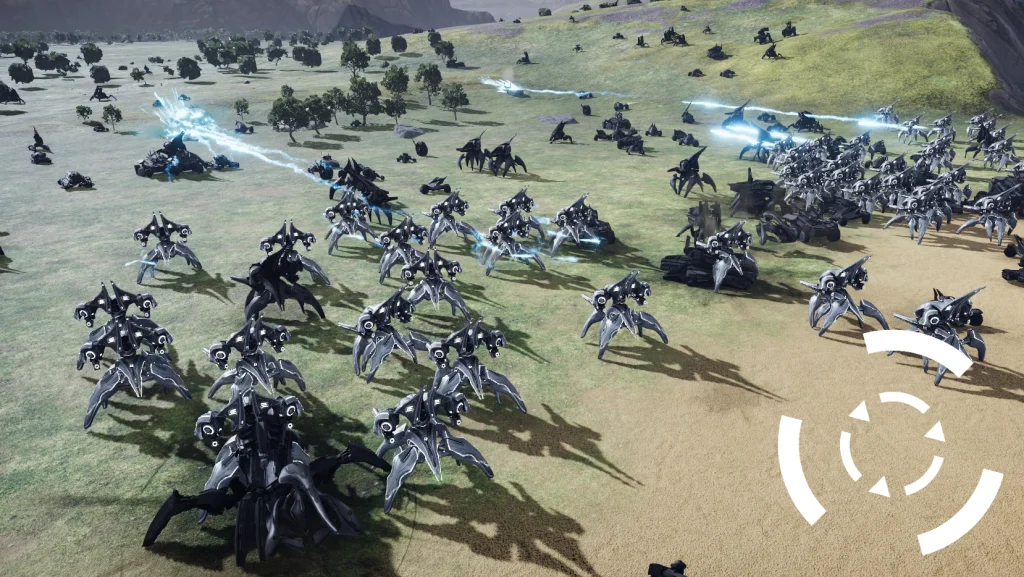
This approach makes sense from a development perspective. Warfront requires robust multiplayer infrastructure and a stable player base to function. Launching it too early could mean empty servers and broken faction balance. Better to get the foundation right first.
The success of Warfront will depend on community adoption and post-launch funding. Persistent world modes need active populations to create the social dynamics that make faction warfare compelling. If Sanctuary’s multiplayer community fragments or fails to grow, Warfront could become an expensive ghost town.
Beyond the Obvious
Sanctuary’s broader design philosophy becomes clearer when you look at Warfront alongside the other planned modes. The campaign runs consecutively across three factions with co-op support planned. Survival mode gets ongoing development attention. The developers seem committed to supporting different play preferences rather than forcing everyone into the same competitive funnel.
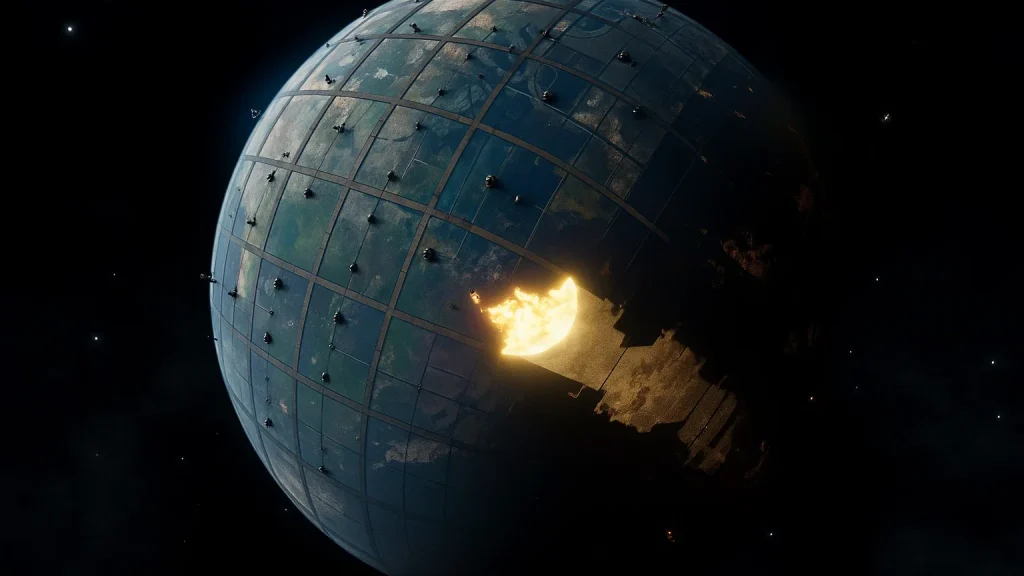
This multi-mode approach could help Sanctuary avoid the player base fragmentation that kills many RTS games. Instead of competing modes that split the audience, each component feeds into or complements the others. Campaign players learn faction mechanics they can use in Warfront. Survival mode provides practice for resource management and unit control. Everything connects without requiring full commitment to competitive multiplayer.
Warfront represents a bet that RTS players want their matches to connect to something larger without sacrificing the tactical focus that defines the genre. The seasonal reset system provides built-in variety. The faction research creates shared progression. The PvE integration respects different play preferences.
The execution will determine whether these systems create the persistent engagement the developers envision or just add complexity to an already niche genre. But the design thinking addresses real problems with how most RTS games handle multiplayer progression and community building.
That’s worth paying attention to, even if the final implementation remains months away.




